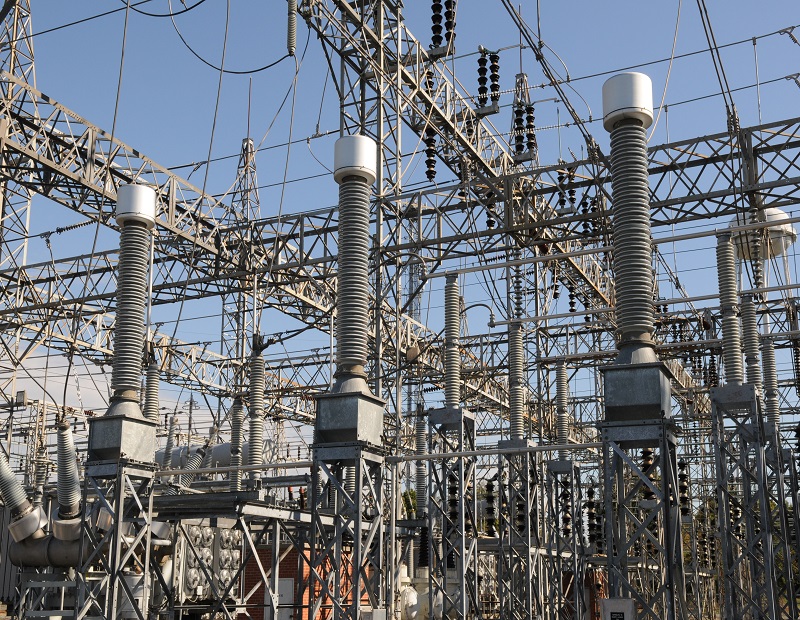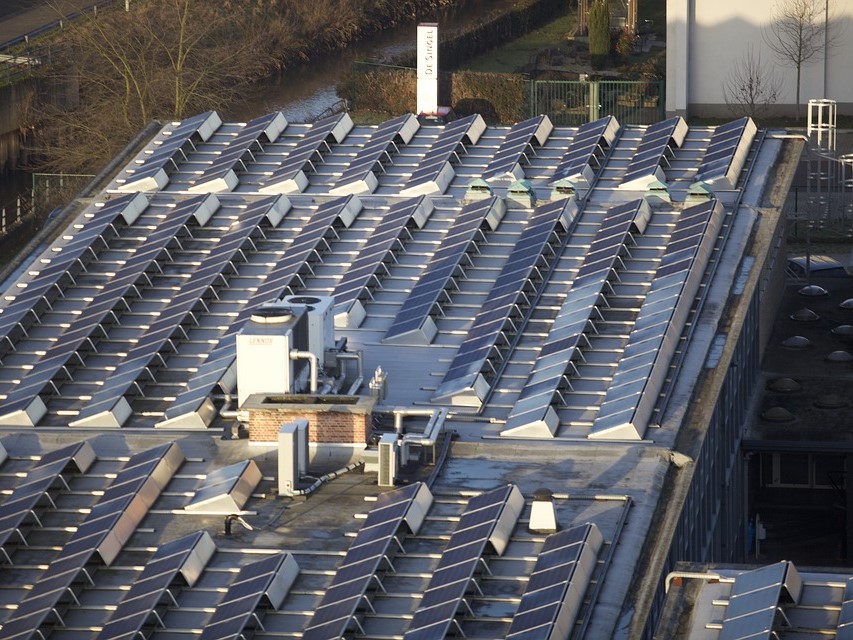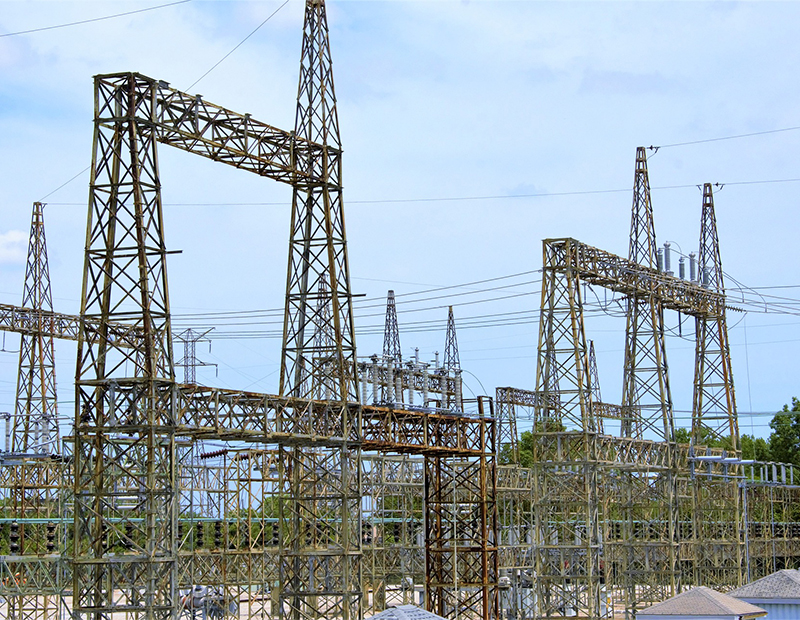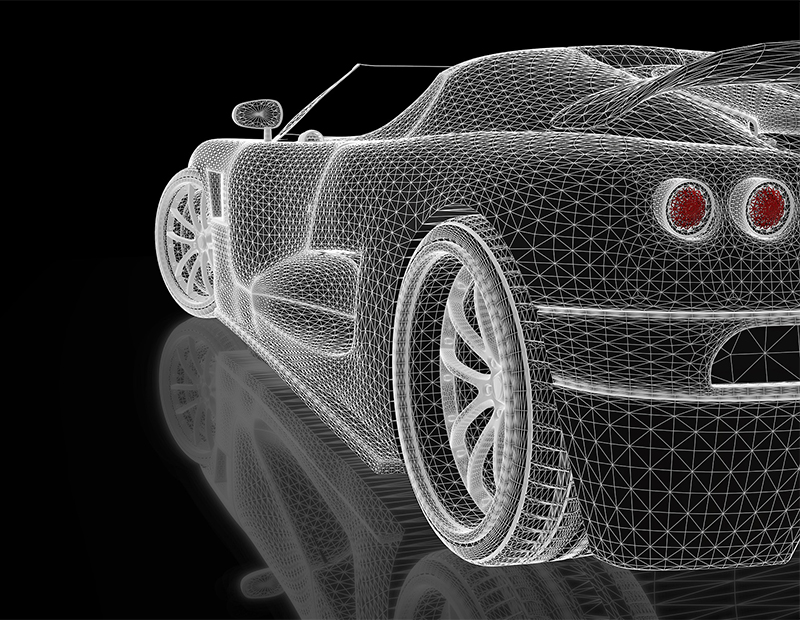High-Tech, High-Powered Changes
What's next for the revolution in energy production, distribution and management.
The power sector is going through a revolution, with an increasing number of national governments committing to decarbonization. Moreover, a growing number of cities have been signing power purchase agreements to acquire clean energy, a move to reduce dependency on fossil fuels.
The resulting policies are driving trends that are re-making the energy industry. The World Resource Institute estimates that over the next 15 years, energy is expected to account for nearly $25 trillion in infrastructure investment. Here’s a snapshot of the technologies that are changing energy generation, distribution and management.
Energy storage, battery technology
One of the major points of concern in the energy industry is related to the reliability of renewable energy sources—solar power cannot help during nighttime and wind power needs favorable weather conditions to produce electricity. This makes batteries and the energy storage market one of the essential components that will need to expand considerably over the next period.
Utilities have taken notice of the importance of this technology. Florida Power & Light Co. is the world leader, with the largest system of its kind underway in Manatee County—the 409-megawatt energy storage center is estimated to start serving clients in late 2021. The world’s second-largest solar-powered battery is also under construction in the U.S.—Los Angeles Department of Water and Power’s 300-megawatt/1,200 megawatt-hours Eland Solar and Storage Center in Kern County, Calif. While the decreasing cost of battery storage is one of the main points of attraction, for utilities to invest more in the technology, they need to feel comfortable with the battery performance.
Achieving grid parity

Image of Harrisburg substation courtesy of Duke Energy
Grid parity happens when alternative energy sources can generate power at a levelized cost of electricity that is lower or equal to the price of power from conventional sources such as fossil fuels. Although major price declines have been registered in the renewable energy industry in the past decade, the U.S. still has some of the highest solar costs in the world.
Since this is directly linked to technological advances, as well as with customer demand for renewable energy, it is likely that parts of the U.S. will achieve, if not surpass, the grid parity target in 2020. However, specialists warn that reaching grid parity should consider the cost of power infrastructure and storage too, as solar and wind have intermittent natures that need to be managed accordingly.
Cybersecurity of the grid, digitalization
Technological advancements are taking over the electrical grid too. The consistent expansion of the distributed energy resources, which need to adjust and accommodate an increasing number of embedded renewable generation such as wind and solar photovoltaic, and the automatization of the grid, can easily turn from strength to weakness if left unprotected. Flexibility measures are essential for energy systems, and these include the integration of fast-acting supply/demand response and energy storage services.
Every day, new smart devices are entering the grid, and this raises its baseline cybersecurity. Last summer, the U.S. Senate passed a bipartisan cybersecurity bill that established a two-year pilot program to identify classes of security vulnerabilities and test solutions, including analog and nondigital control systems.
READ ALSO: Risky Business: Cybersecurity and the U.S. Electric Grid
Blockchain networks
In connection with the point above, blockchains or distributed ledgers are an emerging technology that has caught the eye of the energy industry. While the term is primarily known from cryptocurrency applications, blockchains promise transparent, tamper-proof and secure systems. Opportunities for the energy industry presented by this technology include peer-to-peer energy trading and Internet of Things applications, decentralized marketplaces, electric vehicle charging and e-mobility.
The more connected devices we use to share and process data in our personal lives, the more opportunities arise for attackers to hijack that data. Recent survey results from Gartner reveal that 75 percent of Internet of Things adopters in the U.S. have also adopted blockchain technology or plan to do so by the end of 2020. Several utility companies worldwide have taken interest in exploring the potential benefits of distributed ledger technologies as an enabling technology for low-carbon transition and sustainability.
Microgrids
The market size was valued at more than $10 billion in 2019, according to Global Market Insights, and installation is anticipated to exceed 13 gigawatts by 2026. Although microgrids have the ability to work in connection and synchronous with the main power grid, they have the great advantage to also operate in disconnected mode across off-grid and remote areas and function autonomously based on economic and physical conditions.
These small-scale power stations have their own storage resource, generating plans and defined boundaries. They can be powered by batteries, renewable sources and distributed generators based on the fuel requirement, application area and availability of generation source.
Electric vehicles
EVs’ popularity on U.S. roads is growing alongside the infrastructure needed to keep them running. Car manufacturers have announced some promising fleet expansions, including Tesla Model Y, BMW iX3, Mercedes EQC, Ford Mustang Mach-E, Volvo XC40 Electric and Volkswagen ID.3. In addition, 2020 is the start of a decade that could see electric vehicles reach price parity with their fossil fuel-powered counterparts.
In addition to automobiles, electrification includes heavy-duty vehicles such as trucks and buses, as well as scooters and bikes. Of course, the industry is closely associated with battery technology advancements and charging technology.










You must be logged in to post a comment.